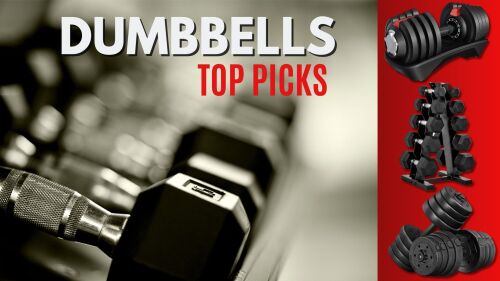Being a first responder is a fitness nightmare. Between long shifts, adrenaline dumps and the constant physical grind, squeezing in a gym routine can feel impossible.
Imagine you just finished a 12-hour shift, your fridge is empty, the kids have soccer practice and you still have a mountain of paperwork to tackle. Who has time for the gym on top of all that? Here’s the good news: you don’t have to sacrifice your health! There is a way.
One of the best things I did for my health (both mind and body) was to build a dedicated home gym. It’s convenient, eliminates excuses and lets you work out on your schedule – with no wasted drive time.
Whether you are looking for a budget-friendly starter kit gym or a full strongman gym, this guide has you covered. I’ll show you how to build a home gym specifically designed for first responders, so you can squeeze in effective workouts throughout the week.
Step 1: Assess your schedule, space and goals
First responders’ schedules are anything but predictable. It may be very difficult to find time to workout, but a good starting goal should be a minimum of 30-60 minutes of vigorous exercise 3-4 days a week.
After finding the time, assess your personal goals. Do you want to gain muscle, lose fat, get beach-body ready or are you looking just to improve your overall health? If you want to get “shredded” and “jacked,” then you will need more than just a yoga mat and a few light weights.
The last thing you need to look at before purchasing equipment is your space. Do you have the space to fit the equipment? If you are short on space, you can always find space for a couple of kettlebells.
Your goals and schedule will likely determine the space and money you can devote to buying equipment. Consider where you can realistically carve out some workout space, even if it’s just a corner of your living room.
Step 2: Purchase equipment for your goals and budget
Buy nice or buy twice. Purchase the best quality equipment you can on the budget that you set.
1. Flooring: The first thing I would recommend is buying some type of flooring. Not only does gym flooring protect your subfloor, but it will also transform your space into a designated workout area. It also makes all other exercises safer and more efficient.
Budget-friendly (under $25):
Cost-effective ($25 to $100)
Professional ($100+)
Pro tip: If you have a lot of space to cover, you can also purchase horse stall mats from your local farming supply company. These work just as good.
2. Cardio tools: Every good holistic workout plan will use some type of cardio tool. Cardio equipment can be very expensive. Choosing wisely for your specific goal plan is a must.
Budget-friendly (under $25):
Cost-effective ($25 to $100)
Professional ($100+)
3. Weights and heavy things: It’s easy to get carried away and buy a ton of equipment for your perfect home gym, but trust me, you don’t need to buy everything out there. Before you purchase, revisit your goals and space limitations or you may end up with equipment that is too big and bulky for your space.
Budget-friendly (under $25):
Cost-effective ($25 to $100)
Professional ($100+)
If you are serious about learning how to weightlift, then most of the products you purchase in this category will cost more than $100. These are the must-haves of any basic exercise room:
Step 3: Use it
Here are some exercise routines you can perform with the different equipment mentioned earlier:
Weight lifting:
Dumbbell exercises:
- Dumbbell lunges: 3 sets of 10-12 repetitions per leg
- Dumbbell rows: 3 sets of 10-12 repetitions per arm
- Overhead press: 3 sets of 10-12 repetitions
Barbell exercises:
- Squat: 3 sets of 8-12 repetitions
- Deadlift: 3 sets of 6-8 repetitions (Note: Deadlifts require proper form to avoid injury. If you are a beginner, consider substituting Romanian Deadlifts)
- Bench press: 3 sets of 8-12 repetitions
Power rack exercises:
- Pull-ups: 3 sets to failure
- Dips: 3 sets to failure (weighted dips can be added later as you get stronger)
- Barbell squats: 3 sets of 8-12 repetitions
Cardio:
- Jump rope: Three 5-minute rounds with 30 seconds rest in between each round. This is a simple but effective way to get your heart rate up.
- Walking treadmill: A 30-minute walk at a moderate pace is a great way to warm up before your workout or cool down afterward. You can also use incline walking for an added challenge.
- Heavy Bag: Three 3-minute rounds of heavy bag mitts or boxing with 1-minute rest in between each round. This is a great way to relieve stress and improve your cardiovascular endurance.
Conclusion
Building a home gym doesn’t have to be expensive. With a little planning and creativity, you can create a space that allows you to get effective workouts whenever you have time in your busy schedule. Remember, consistency is key. Even a short, 30-minute workout is better than no workout at all.
Stay safe and stay strong.
NEXT: Before you start lifting weights or setting up your home gym, consider doing these agility and change-of-direction drills to build your resilience. Watch the video below to learn more.






